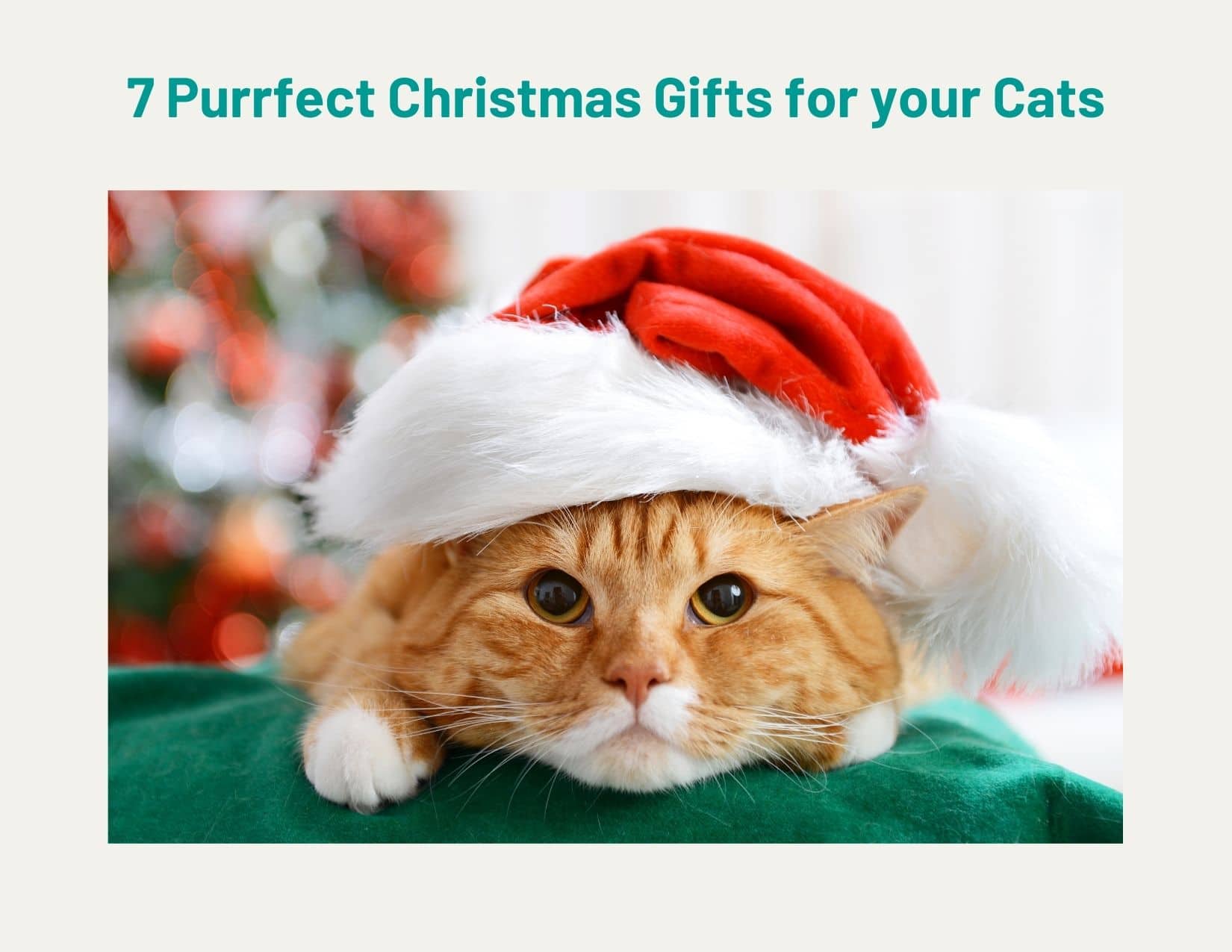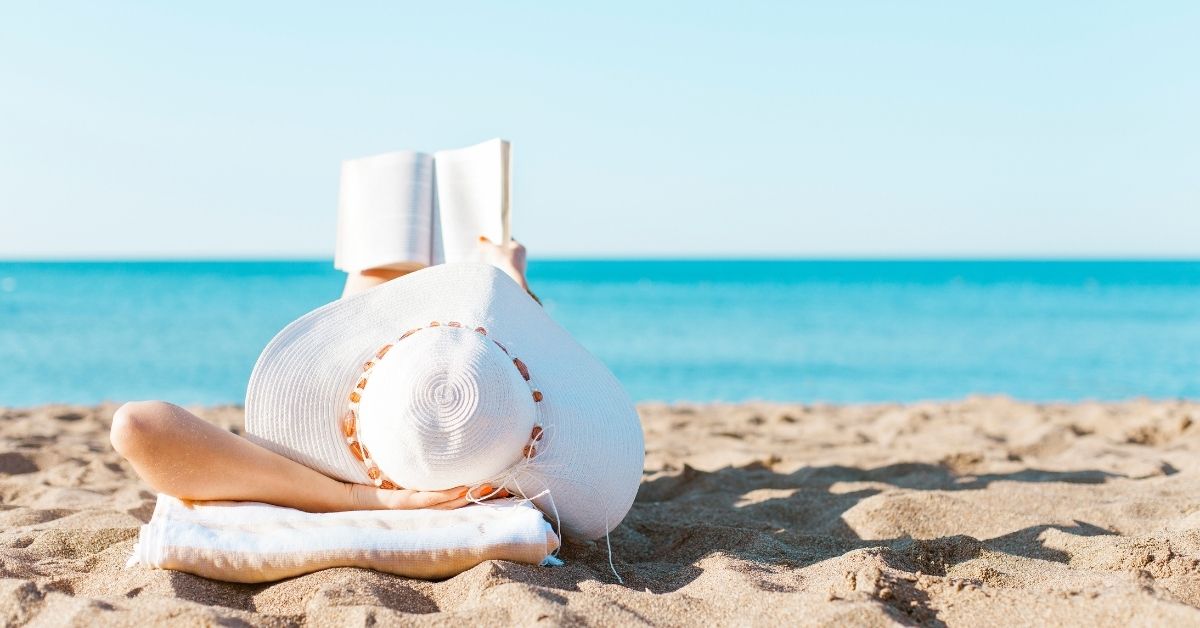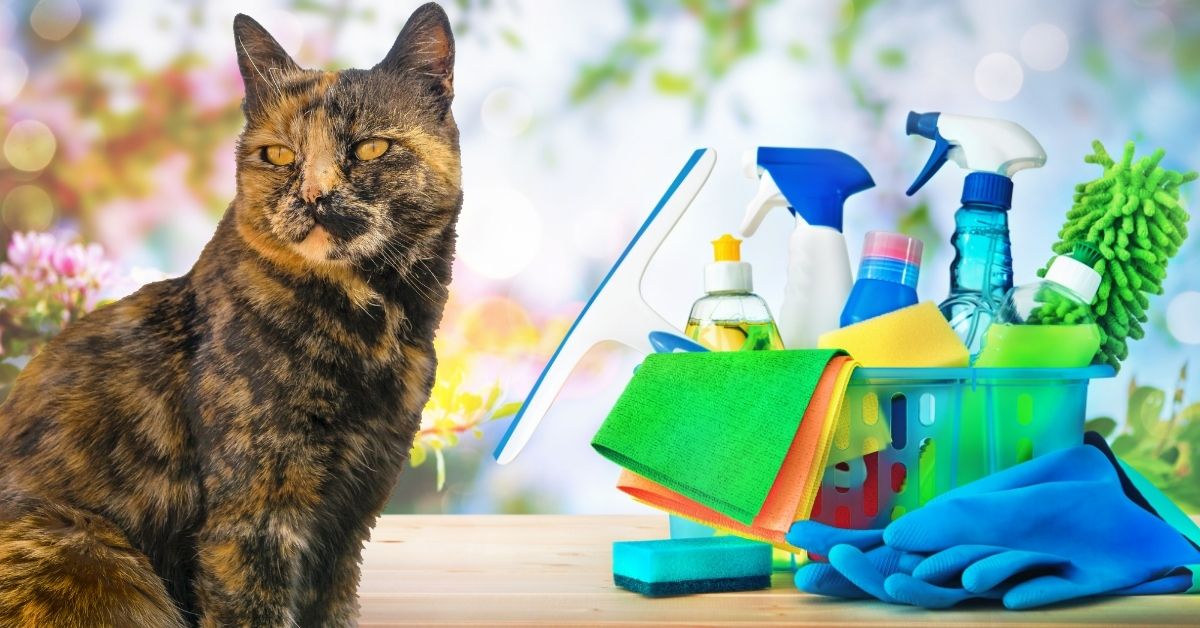Where Did Kitty Litter Come From?
Have you ever happen to wonder as you’re scooping out the cat box, how we got here? Where did kitty litter come from? Well I did, and this is what I’ve discovered. Personally, I think it is kinda interesting!

In The Days Prior to Kitty Litter
Prior to WWII, cats lived outside away from their owners. In the old days, cat owners owners didn’t alter their cats and living with an intact cat indoors was very unappealing. A pet cat would use the back yard or the neighbor’s flowerbeds to do their business. If owners did have to keep their cat indoor they’d offer sand or ashes.
Cat Care Booklets Dating Back to 1885
Cat care booklets dating from 1885 through the 1950’s, state that for keeping a cat indoors, that one needed to provide a “sanitary pan” filled with anything from torn up new print, dirt, sawdust and even fireplace ashes. The booklets recommended changing and washing pans twice a day or once a day at the very least. People would often use baking sheets and cooking pans. Yuck! Hope they didn’t use them to cook in afterward.
“Kleen Kitty” Wood Ash of the 1930s and Early 1940s
Back in the 1930’s and early 40’s, a gentleman by the name of George “Poppy” Plitt, sold a product by the name of “Kleen Kitty” a cat box filler made from wood ash. Cat owners would scoop the feces out using a kitchen frying strainer.
You could always tell a cat owner by the ashes on their clothing. This product was obviously very dirty and tracked everywhere.
Fuller’s Earth of 1947
Ed Lowe, is the inventor of kitty litter as we know it. One winter day in 1947, Ed’s neighbor asked for some sand because hers was frozen. She didn’t wish to use fireplace ashes due to its uncleanliness.
Ed gave her some clay called “Fuller’s Earth”. This assortment of minerals and sedimentary clay was capable of absorbing it weight in water. Ed’s neighbor found that it worked so much better than anything else.
Fuller’s Kitty Litter For Sale
So in 1947 Ed decided to sell the clay. He filled 5 pound bags and called it “kitty litter”. He suggested that the local pet shop sell it for $0.69. The owner, refused so Lowe asked him to “give it away”, until cat owners were will to pay for it.
Ed drove around the country selling his “kitty litter”. He’d clean cat boxes at cat shows, just so he could set up a booth to demo his product.
Tidy Cat of the 1960’s
He founded Edward Lowe Industries, and in 1964 Tidy cat, cat box filler was created. He was the top producer of cat box filler by the 1990’s. It was in the 90’s that he sold and it was renamed Golden cat corp. With Ed staying on as a equity holder/director, the sale was estimated at being around $200 million!!
Following Ed’s death, Golden cat corp was sold to Ralston Purina.

Kitty Litter Options of Today
There are now a plethora of kitty litter types on the market. Most people prefer clumping clay litter for their kitty to the non-clumping.

Here are a list of the different types of litter you can purchase for your cat:
- Corn litter is made from milled corn cob +/- whole corn kernels. It comes in both clumping and non-clumping formulas.
- Pine litter comes in several sizes from large pellets and chunks of pine wood to shavings. Available in both clumping and non-clumping.
- Wheat litter is made from milled wheat and is clumping.
- Walnut litter is made from the ground walnut shells, it is also available in clumping and non-clumping.
- Silica/ crystal litter is made from silica gel that is dried into granules. It doesn’t clump but absorbs and traps urine and odor.
- Paper litter is made from recycled newspaper and comes in shredded or pellets, it doesn’t clump.
So there you have it, the short history of kitty litter. I would say our modern day kitties are pretty lucky. I know we certainly are thankful we don’t have black ash prints all over the house.





